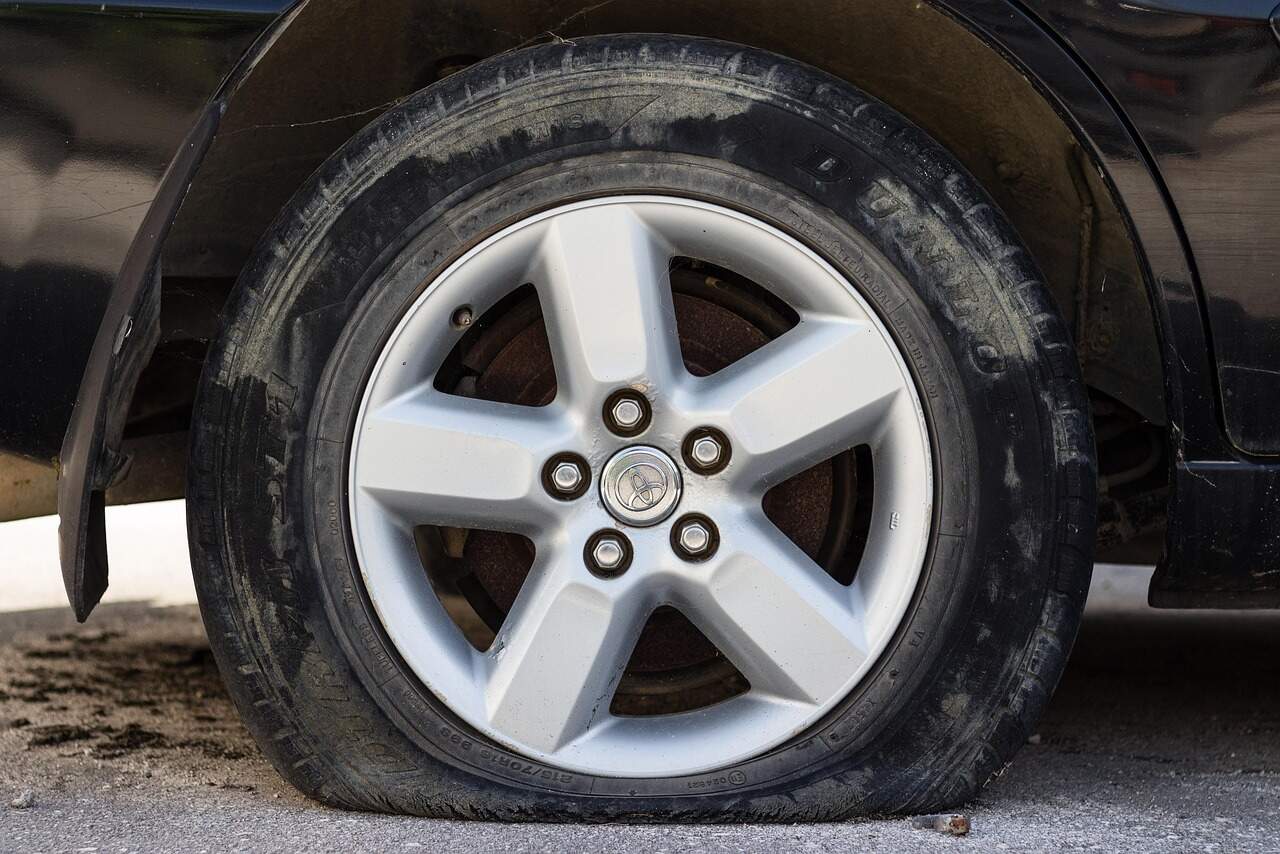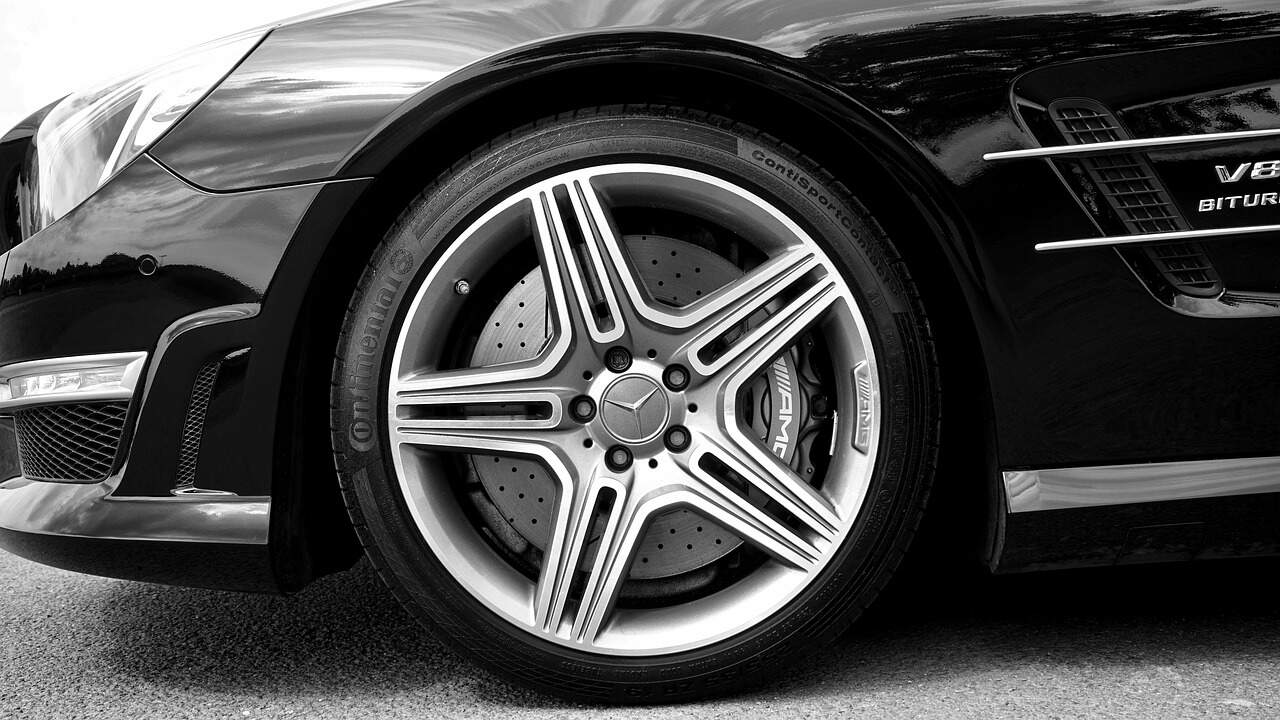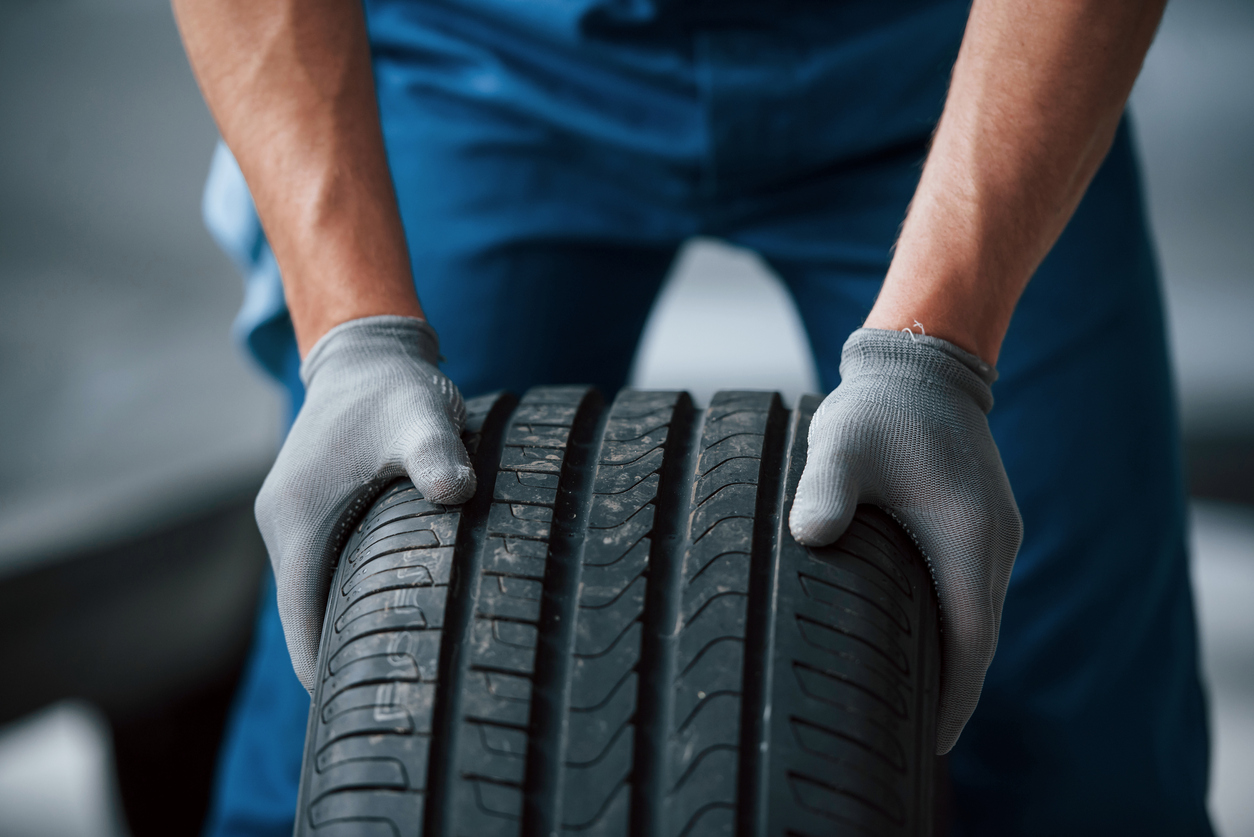Taking a look at the sidewalls of your tyre from a few metres away and they don’t look like much, but take a few steps closer and you’ll notice a whole variety of letters, numbers, symbols and codes.
Most drivers don’t know, or care, what any of these mean, but if you're looking for learn more, Tyrepower is your source for tyre information!
Tyre sidewall markings are not just random numbers and letters; they read like a specifications sheet of your tyres capabilities and origins.
Whether you’re a car enthusiast who wants to know all the details, or just looking to understand more about what is fitted to your car, this guide will help you decode the fascinating world of tyre sidewalls.
What is a tyre sidewall?
When discussing ‘tyre sidewalls’ we are talking about the parts of the tyre that face out, as well as the opposite side of the tyre that faces in. The sidewall reaches from the edge of the wheel out to the ‘shoulder’ of the tyre, being the area that the sidewall and tread face intersect.
Tyre sidewalls are responsible the load carrying capacity of the tyre, with tyre sidewalls under constant tension, both supporting the weight of the vehicle, as well as the pressure of air inside.
Tyre sidewalls must be strong, but since all clever engineering is on the inside, the outside surface can be used as a place to add branding, specifications, certification labels and more.
What is the function of the sidewall labelling?
Tyres come in a wide variety of styles, treads patterns, rubber compounds, sizes and use-case intentions. Since the sidewalls don’t see much, if any, wear from use like the tyre tread does, it’s the perfect place to put information to help both tyre dealers and customers identify what they are looking at.
Tyre make and model information
The largest features on just about every tyre sidewall at the brand and model of tyre. Huge lettering that says who makes the tyre and what product series it belongs to.
This information can be useful if you ever need to look up information on your tyres, or leave a review for other drivers.
Tyre size information, in both metric and LT/Flotation
The next largest series of letters and numbers is the tyre size. Tyre size labels come in a few different styles, depending on whether your tyre is a common metric size tyre, or displayed in Light Truck/Flotation sizing, also referred to as ‘standard’.
We have a deep-dive into tyre size schemes that you can find here.

Manufacture Date
Tyres will have a 4 digit code on them that relates to the week and year that the tyre was made in. The first two digits are the week, while the second two digits are the year. For example, a code of 2422 means that tyre was produced in the 24th week of 2022.
Tyres that are older than 5 years should have periodic inspections to ensure they are in good condition, without dry rotting, becoming brittle or hard.
Load index
Just after the tyre size information, you’ll see a two digit numerical code. This is the load index information. Each number on the index relates to a chart where there number can be converted back to a weight limit, listed in kilograms.
For example, a Load Index of 93, means the tyre has a load rating of 650 kilograms.
It is illegal to install tyres on a vehicle that have a Load Index rating that is lower than the original equipment fitted to that vehicle. Not to worry thought, your local Tyrepower will handle that for you, ensuring that your tyres meet all regulatory guidelines.
Speed rating
The speed rating of a tyre is usually represented by a single letter, which is the maximum speed that the tyre can safely carry while loaded. For example, an ‘S’ rated tyre is specified as being able to handle up to 180km/h whilst loaded.
UTQG ratings
The UTQG ‘Uniform Tyre Quality Grading’ ratings scheme originated in the United States, as a way for consumers to easily compare different tyres, bypassing the often bold and outlandish claims made by tyre manufacturers.
The three metrics included are:
- Treadwear
- Traction
- Temperature Resistance
These ratings provide a standardised scoring of a tyre’s performance characteristics compared to a known test tyre, and are best used as a rough comparison between different tyres. For example, a 400 treadwear tyre will last roughly twice as long as a treadwear 200 tyre, if all other variables are the same.
Additional markings
Those are the main markings that you’ll find on a tyre sidewall that will help you understand what tyres are on your vehicle, however, there are several additional labels you might come across, with some of the main ones being:
Inside/Outside Markings
Asymmetric tyres have a tread pattern that functions different in each half of the tyre. Tyres of this design will always feature an ‘inside’ or ‘outside’ label to ensure they’re fitted correctly. If you ever see the ‘outside’ label on your tyres while they’re fitted to your vehicle, bring it into your local Tyrepower to have the issue corrected right away.
Rotation Markings
Outside of performance applications, these a tyres are rare. Directional tyres are designed to work in a specific direction and will have a rotation arrow indicating the correct direction the tyre should turn. While tyres mountain backwards can work, it’s extremely ill-advised, and you should bring your vehicle to your local Tyrepower to have the tyre remounted correctly.
3PMSF and Mud/Snow Logo
The distinctive Three-Peak Mountain Snow Flake (3PMSF) symbol indicates that a tyre is designed to meet performance criteria in very cold and sub-zero conditions.
The M+S (Mud and Snow) logo, although less stringent, also indicates good performance in muddy or light snowy conditions.
Many tyres become hard and stiff at low temperatures, so if you're finding yourself driving in, or wanting to drive, cold conditions, ensure your tyres have 3PMSF certification , at the very least, M+S logos.
Proprietary Brand Symbol
Every tyre brand has some special brand-specific name for the tyre technology and they’re proud to show it off. Some tyre manufacturers include specific symbols to denote technologies or features unique to their brand.
OE Equipment Labels
Most tyres are universal. However, some vehicle manufacturers work with tyre companies to develop special tyres, or tyre variations that work especially well with their vehicles. For example, if you see “MO” (Mercedes Original) on the sidewall, it’s an indicator they are approved by a specific car manufacturer as original equipment.
Wrapping up
Tyres might just look like black, round things that every vehicle has, but the variety of tyres on the market is staggering. When it comes to your currently fitted tyres, or if you have questions about what tyres you should buy next, visit your local Tyrepower store. Our team will help ensure that you end up with tyres and advice that best fits your needs, your vehicle and your budget.
Tyrepower stores across the country offer free tyre health checks, where we’ll look at your tyre condition, pressure and tread depth to let you know roughly how long until you require replacements.
Reach out today, and get the POWER of Australias largest independent tyre retailer!



























